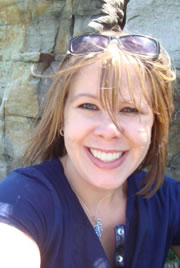The beaver: Nature's engineer..and archaeologist?
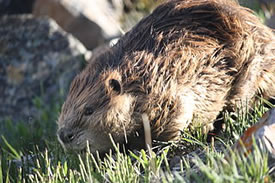
Beaver (Photo by Makedocreative/Wikimedia Commons)
The beaver has the distinguished reputation of being “nature’s engineer.” These furry, web-footed builders are skilled at taking raw materials and converting them into complex lodges and dams. Playing the role of woodcutter, carpenter and stone mason, they are able to transform a running stream into a fledgling wetland in a matter of days. Second only to humans in their ability to manipulate and change their environment, beavers live up to their man-made monikers.
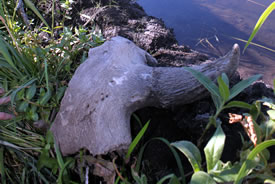
Beaver excavated bison skull (Photo by NCC)
Last fall, however, Nature Conservancy of Canada (NCC) staff discovered that beavers have another lesser-known hobby: archeology. While out monitoring the wetlands on NCC’s Waterton Springs property, staff came across a piece of a bison skull that had been unearthed by the resident beavers and deposited on the edge of their dam. Keen to learn more about this natural relic, staff enlisted the help of local experts to shed some light on the discovery.
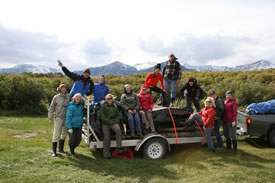
Conservation Volunteers cleaning up beaver habitat, Waterton, AB (Photo by NCC)
During a Conservation Volunteers event on the property in September, volunteers and staff spent the morning cleaning debris and invasive species from the wetlands to help improve the beavers’ habitat. Then in the afternoon the group had the chance to learn more about the bison skull from certified human archeologist, Brian Reeves. With over 30 years of research and professional experience working on and managing archaeological surveys and excavations across western North America, Brian was able to offer significant insight into the mystery of the bison skull.
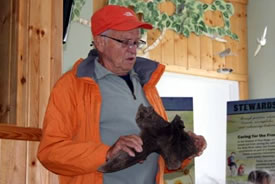
Barney Reeves inspects the bison skull (Photo by NCC)
By looking at the skull plates and size and shape of the horns, Brian was able to determine that the skull fragment was from a juvenile female mountain bison (Bison bison athabascae) — a subspecies of American bison that no longer exists in that part of Alberta. (There is a bison paddock located within Waterton Lakes National Park, but it is home to a herd of plains bison — a separate subspecies.) The discovery of the skull this far south is a perplexing one, as mountain bison (also know as wood bison) are historically believed to have ranged farther north.
While he couldn’t account for the presence of the skull on site, John Russell, local wildlife biologist, explained that beavers often unearth objects while building their dams. They pull mud and debris up from the water bottom to help fill in cracks and hold things together. Accidental archeologists, it would seem.
For staff and volunteers the bison skull unearthed by these beavers was an illuminating find, providing a glimpse into Alberta’s natural history, as well as a reminder of how things have changed on the landscape over the years. While historically mountain bison may have ranged as far south as Waterton, they now are a threatened species under Canada’s Species at Risk Act and can only be found in and around Wood Buffalo National Park and the Hay-Zama Lakes complex. As for the beavers, though their populations have since rebounded, it is sobering to remember that they too once bordered on extinction.
The mountain bison skull will be kept at the Weston Family Conservation Centre at the Waterton Park Front as an educational tool for engaging visitors and school groups in learning about Alberta’s natural history and about the importance of conservation.
Did You Know?
Roots is helping to protect Canadian habitat and the species that they sustain, including beavers. Find out how, here.

